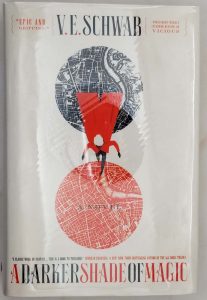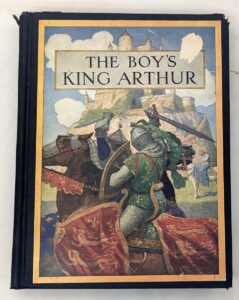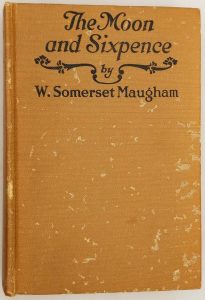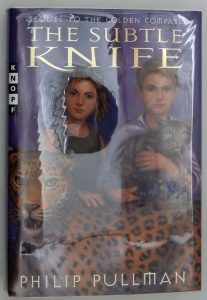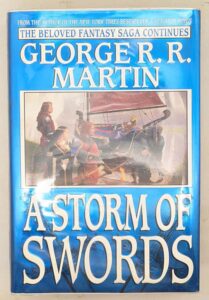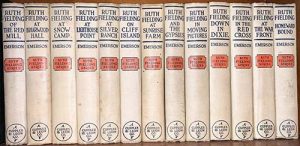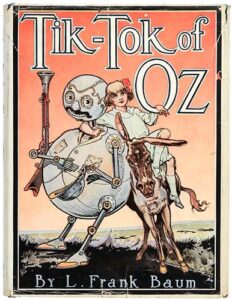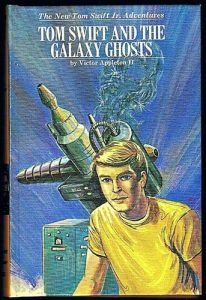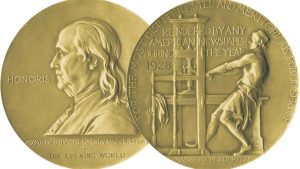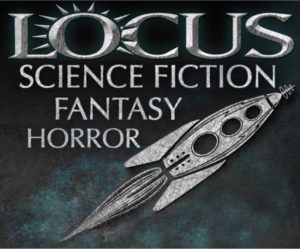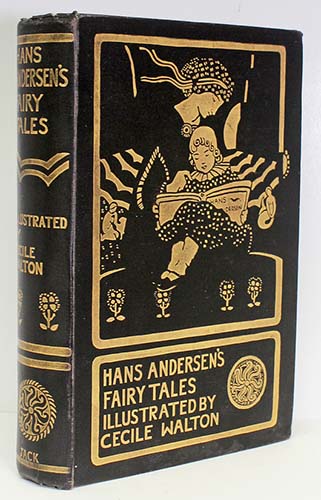
Hans Andersen’s Fairy Tales (1911), illustrated by Cecile Walton, offers a strikingly original interpretation of the Danish master’s stories that stands apart from more conventional Edwardian editions. Published in Edinburgh by T.C. & E.C. Jack, this volume presents Andersen’s tales through Walton’s bold, proto-modernist style that combines expressive linework with unexpected color harmonies. Her illustrations for “The Snow Queen,” “The Little Mermaid,” and other classics reject the period’s prevailing sentimentality, instead emphasizing the psychological depth and occasional harshness of Andersen’s narratives. Walton’s figures possess an almost sculptural solidity, while her compositions—often employing dramatic perspectives and abstracted backgrounds—create a sense of emotional intensity perfectly suited to tales like “The Red Shoes” and “The Steadfast Tin Soldier.” The color plates startle with their unconventional palettes: icy blues and searing reds for “The Snow Queen,” murky submarine greens for “The Little Mermaid,” and earthy ochres for “The Ugly Duckling.” This edition represents a fascinating transitional moment in children’s book illustration, where post-Impressionist influences began challenging traditional fairy tale aesthetics.
About Cecile Walton (1891-1956):
This Scottish painter and illustrator emerged as a radical voice in early 20th-century British art. Daughter of influential painter E.A. Walton and trained at Edinburgh College of Art, she became a central figure in the Scottish Colourist movement and later the Edinburgh Modernists. Unlike most fairy tale illustrators of her era, Walton approached the genre with fine art seriousness—her illustrations for this 1911 Andersen edition were created while she was pregnant with her first child, perhaps contributing to their profound exploration of vulnerability and transformation. Beyond book illustration, Walton co-founded the progressive Edinburgh Artists’ Guild and became known for controversial nude self-portraits that challenged Edwardian conventions. Her brief but remarkable illustration career (largely abandoned after 1915 for painting) produced some of the most psychologically penetrating interpretations of Andersen’s tales, treating them not as childish fantasies but as profound explorations of human experience. This 1911 work remains her most significant illustrated book, showcasing her ability to balance modernist experimentation with deep storytelling insight.
For readers who admire this edition, consider these related works:
• Fairy Tales from Hans Andersen (1914) illustrated by Edmund Dulac – for similarly lavish color plates
• Stories from Hans Andersen (1924) with Kay Nielsen’s art deco interpretations
• Hans Andersen’s Fairy Tales (1932) illustrated by Arthur Rackham – offering a more gothic approach
